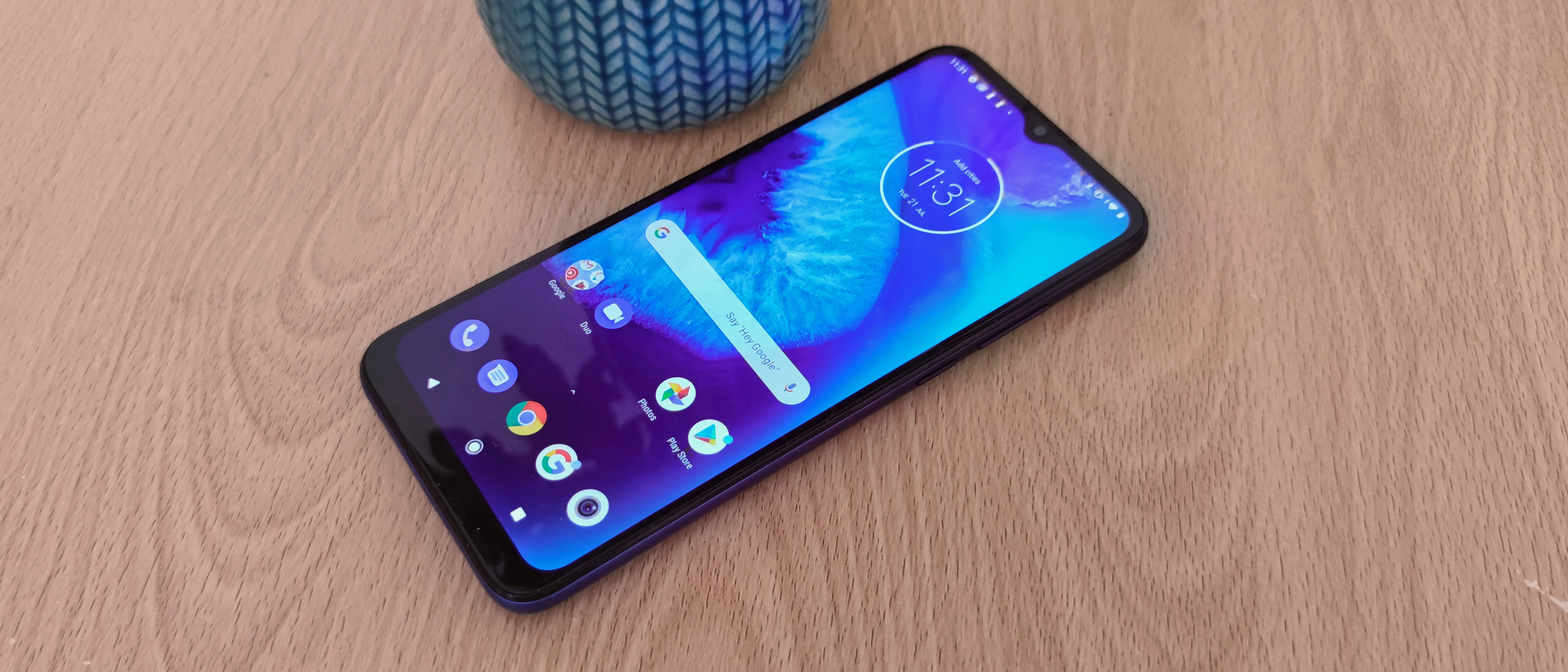TechRadar Verdict
The Moto G8 Power Lite is cheap and has a long-lasting battery, and if that’s all you’re looking for from your phone, it’s likely a device you’ll be happy with. In some ways Motorola has tried too hard to hide the phone’s ‘budget’ roots, notably with the large screen and three rear cameras, and these attempts fall a little flat, but look past the pretences and this is one of the best cheap phones you can buy.
Pros
- +
Long battery life
- +
Very low price
- +
3.5mm headphone jack
Cons
- -
micro USB port
- -
Weak processing
- -
Two redundant rear cameras
Why you can trust TechRadar
Two-minute review
The Moto G8 Power Lite is an affordable counterpart to the Moto G8 Power, which is in turn one of the Moto G8 siblings along with that phone, the Moto G8 Plus and G8 Play. It’s also arguably a more apt successor to the Moto G7 Power than the G8 Power, as it’s cheaper than the 2019 smartphone, rather than pricier as the G8 Power is.
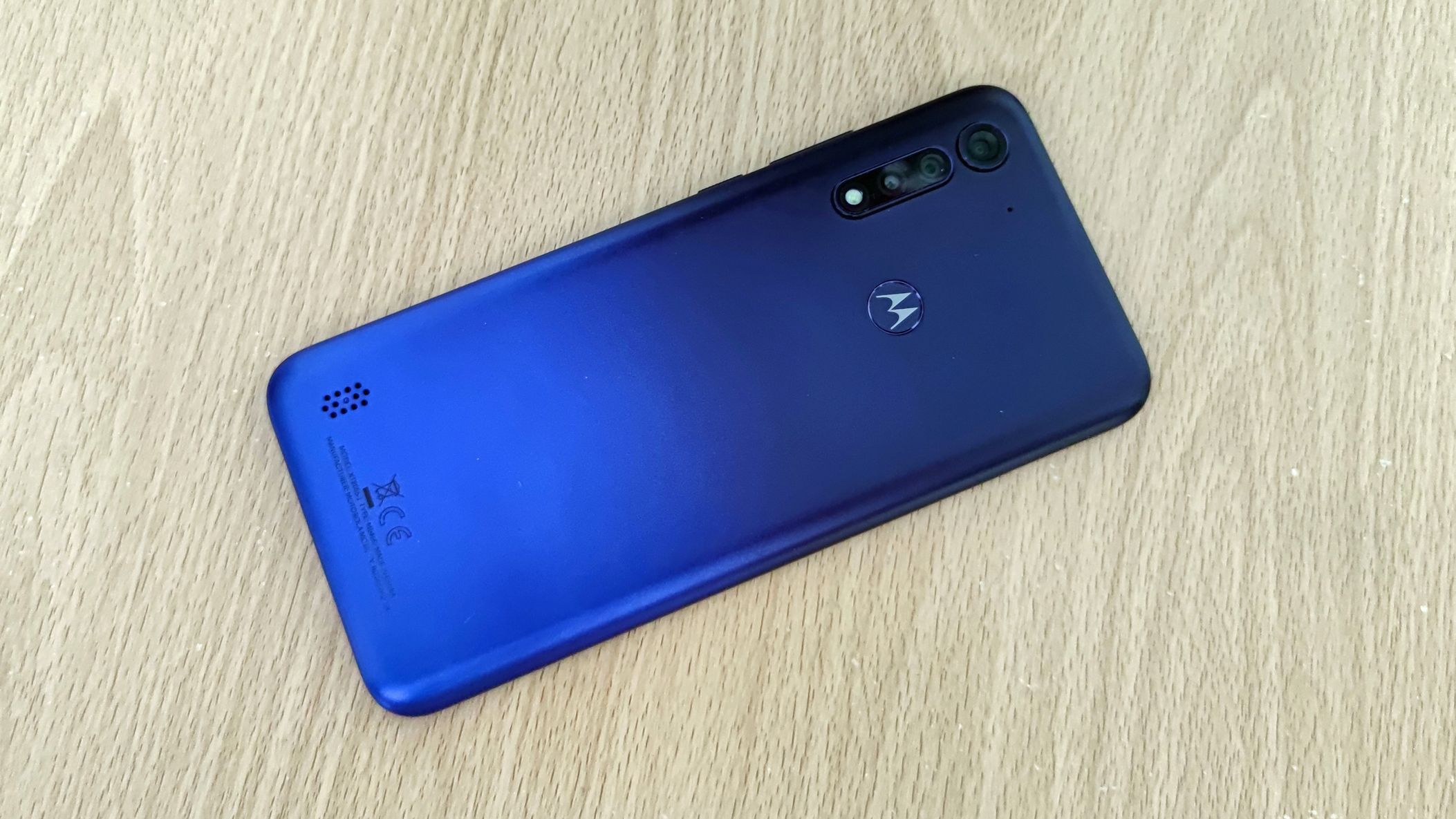
Price and availability
Design
Display
Cameras
Specs and performance
Software
Battery
Should I buy it?
The key selling point of the G8 Power Lite is, as the name suggests, its battery capacity: with a 5,000mAh power pack this is a phone that’s built to keep going for a long time, and thanks to its middling chipset and low screen resolution, it’ll see you through two days of use in a pinch. One downside, though, is its micro USB port, which only allows for modest charging speeds and data transfer speeds compared to the standard USB-C, and means that charging your phone back up again will feel like it takes two days.
In some ways, it feels like Motorola is trying to prove something with the Moto G8 Power Lite’s specs. There are three rear cameras, although only the 16MP main snapper feels useful, and its 2MP macro and depth-sensing buddies feel tacked on. Similarly the 6.5-inch screen is as big as a plus-size premium phone’s display, but it’s only HD, and content looks so low-res blown up to this size that arguably a smaller screen would be better.
That’s not to say the Moto G8 Power Lite does a poor job of being a cheap phone that’s trying to be a mid-ranger, but the extra elements feel tacked on, while the phone nails the elements that are more common in cheaper phones: the rear fingerprint scanner feels intuitive to use, the plastic frame feels sturdier than those of other phones that use the same material, and the 3.5mm headphone jack is a welcome addition.
All in all, the Moto G8 Power Lite is one of the best phones you can buy at its price point, thanks to its long-lasting battery and the aforementioned design elements. We just think that Motorola could make an even better phone by fully embracing its low-end nature and cutting out some of the superfluous elements.
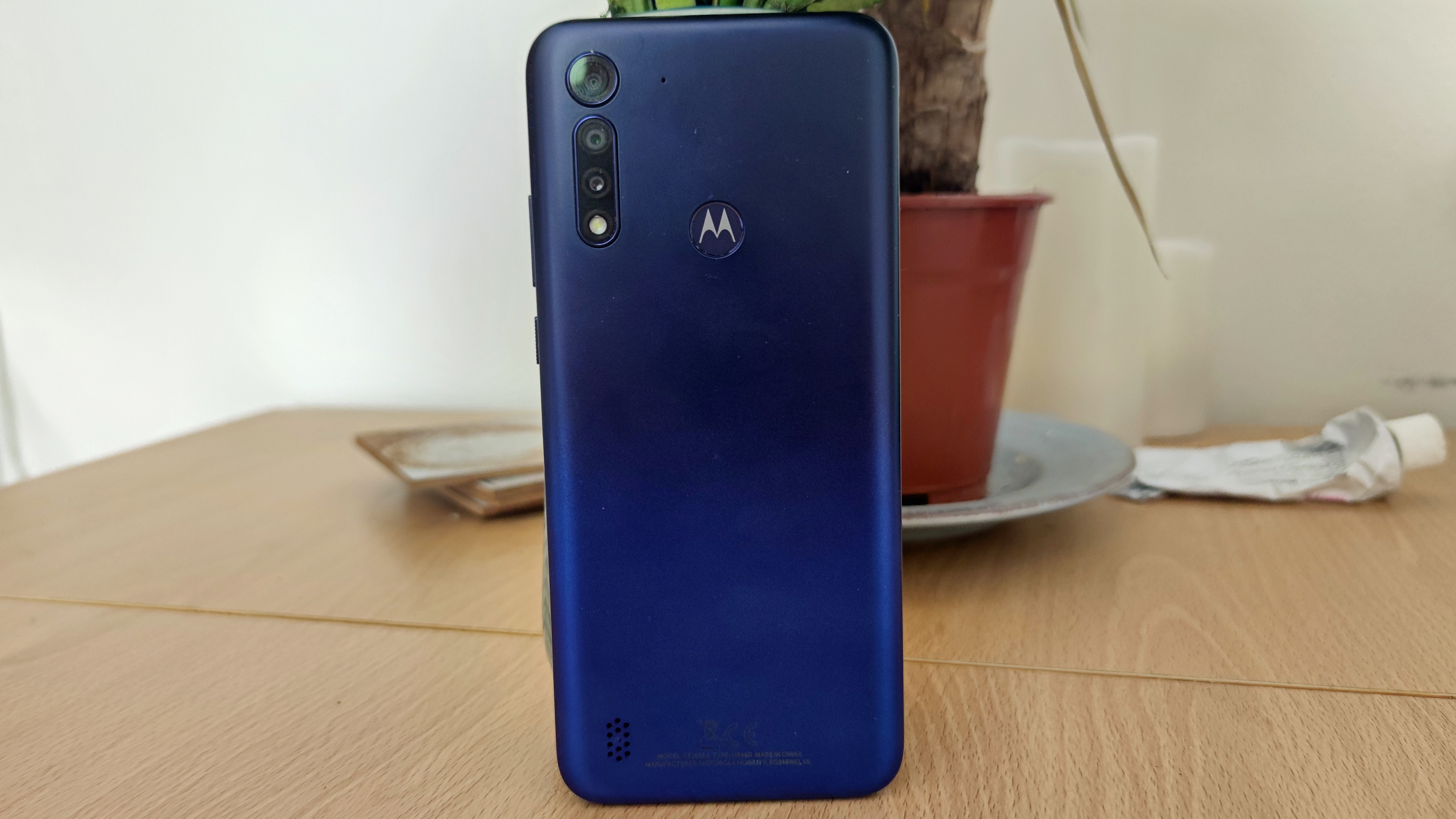
Moto G8 Power Lite price and availability
The Moto G8 Power Lite is one of the most affordable G-series phones from Motorola in recent years: at just £149.99 (around $190 / AU$305), it’s cheaper than the Moto G8 Power at $249 / £219 (about AU$370), and even the Moto G7 Power, which cost $249 / £179 (around AU$330).
At that low price it’s competing with the Xiaomi Redmi series, as well as the infrequently-updated Oppo A and Xperia L ranges, but if you want a phone that will last two days, there’s not much competition, even if you opt to spend a lot more.
The phone’s availability is a bit up the air, however. While you can buy it in the UK now, there’s no word on a US release, and an Australian release may not happen at all, since the company only seems to bring a random smattering of its devices to that country.
Design
If you’re familiar with the design of any of Motorola's G8 line of phones, you’ll know what the Moto G8 Power Lite looks like, as they’re all very similar looking, although the G8 Power Lite also borrows some design elements from the Moto G7 line.
It’s your standard ‘chocolate bar’-style phone, with a flat screen and thick bezels, a small vertical camera array at the top-left of the rear of the phone, and a rear-mounted fingerprint sensor.
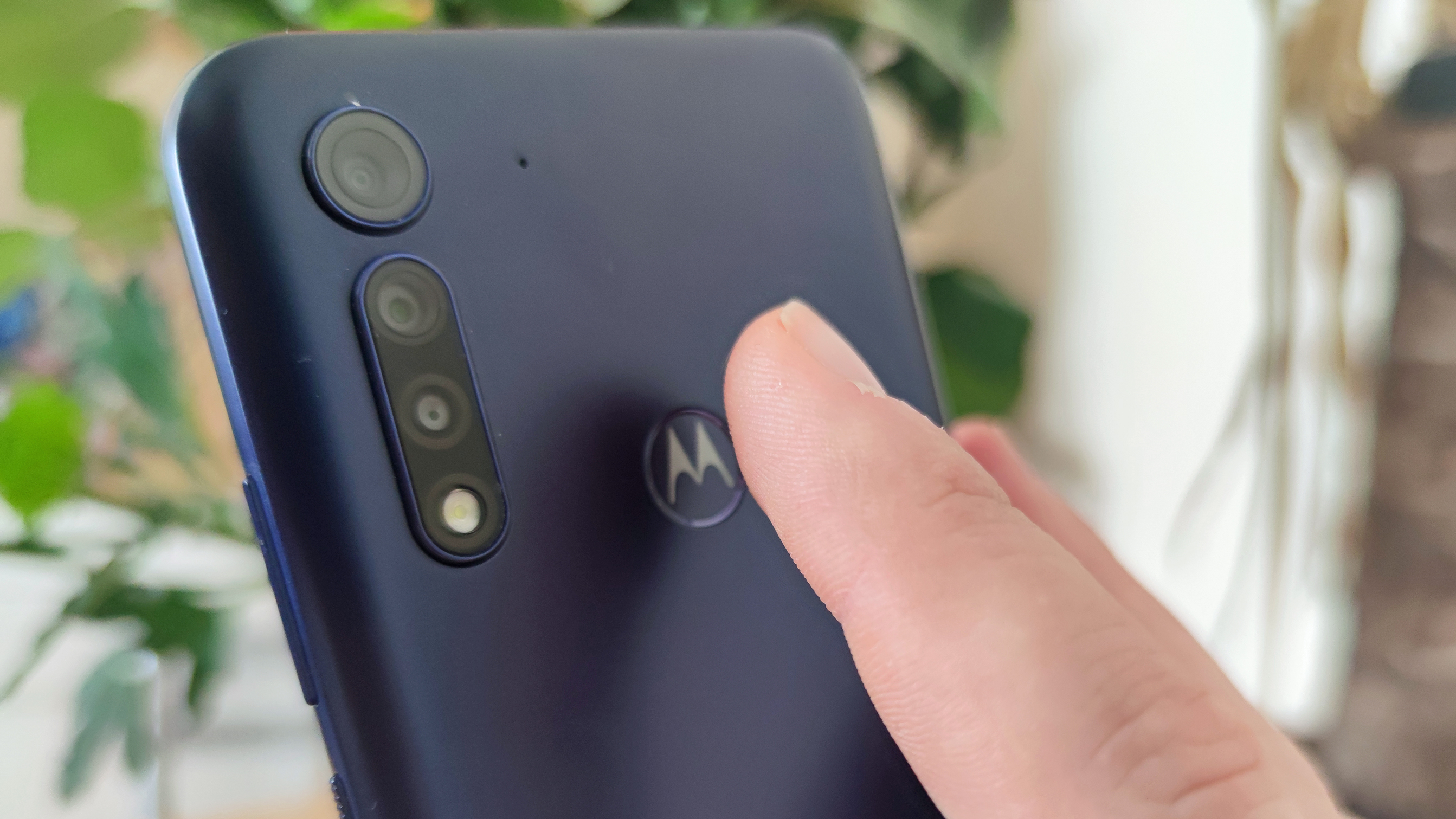
The Moto G8 Power Lite feels pretty big compared to its G-series siblings, and while that does mean it has a big screen, the fingerprint sensor on the back, and the volume rocker and power button on the right edge of the phone, are a little hard to reach unless you have fairly big hands.
The dimensions of 164.9 x 75.8 x 9.2mm tell you it’s pretty big, as they match those of some Plus-sized devices, and at 200g it weighs quite a bit for a budget phone (which are typically made of plastics and other lighter materials), though we’d assume a lot of that heft is thanks to the big battery.
The G8 Power Lite has a micro USB port, rather than the USB-C connection that’s become standard in the last couple of years, and while this is a symptom of its low price, it’s still a little curious given that even many cheap phones in 2020 use USB-C. There’s also a 3.5mm headphone jack, on the top edge of the device.
The rear of the phone is made from plastic, which we’d say is another sign of the low price tag; however, even Motorola’s mid-range phones have plastic rears, so it seems as much a design trait of the company’s phones as a cut corner. At least the camera bump (actually, two camera bumps, as the ultra-wide lens is housed separately to the others) doesn’t stick out too much, compared to those on other devices at this price range.
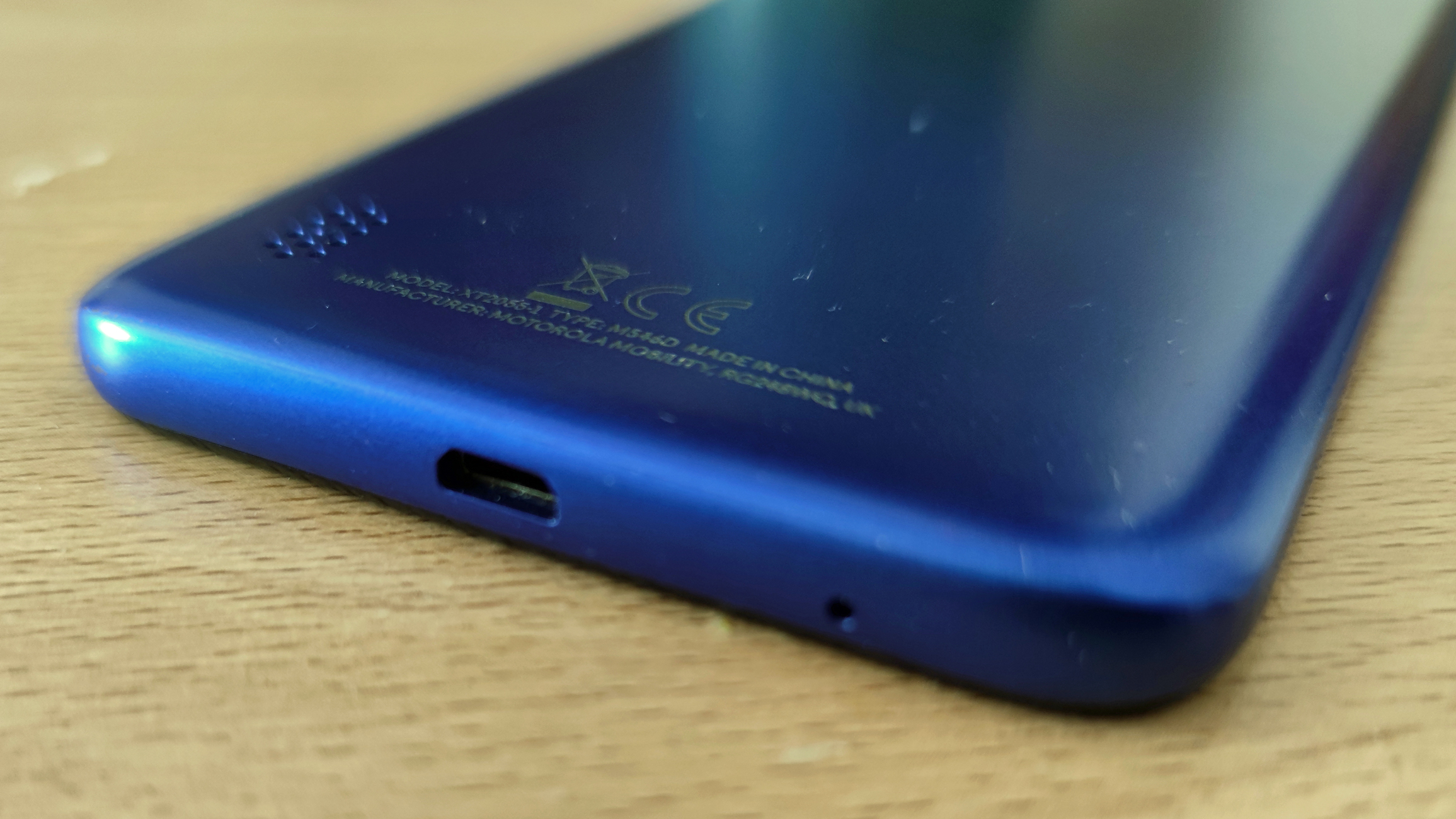
One final design curiosity is that there’s a speaker grille on the rear of the phone, not on the bottom edge as on most other smartphones, which breaks up the uniform look of the handset, and also likely means it isn’t waterproof (though it does have a water-resistant coating).
Display
The screen is one of the areas where the Moto G8 Power Lite gets a downgrade compared to other Moto G8 devices – with a 720 x 1600 resolution it’s rather low-res, and only HD, unlike most other smartphone displays which are FHD or above.
Still, this is the kind of display you’d expect to find on a phone at this price point, and it’s certainly not terrible. It’s bright, and while colors don’t exactly ‘pop’, they’re not too dark or grimy either. The display is LCD, which means it has a rather low contrast rate compared to the more common OLED screens, and this can be noticeable when you’re watching movies or playing games.
It’s a 6.5-inch screen, which is actually 0.1 inches bigger than the Moto G8 Power, which was in turn bigger than some of its siblings. We’d actually argue it’s a little too big, as it makes the low resolution even more obvious.
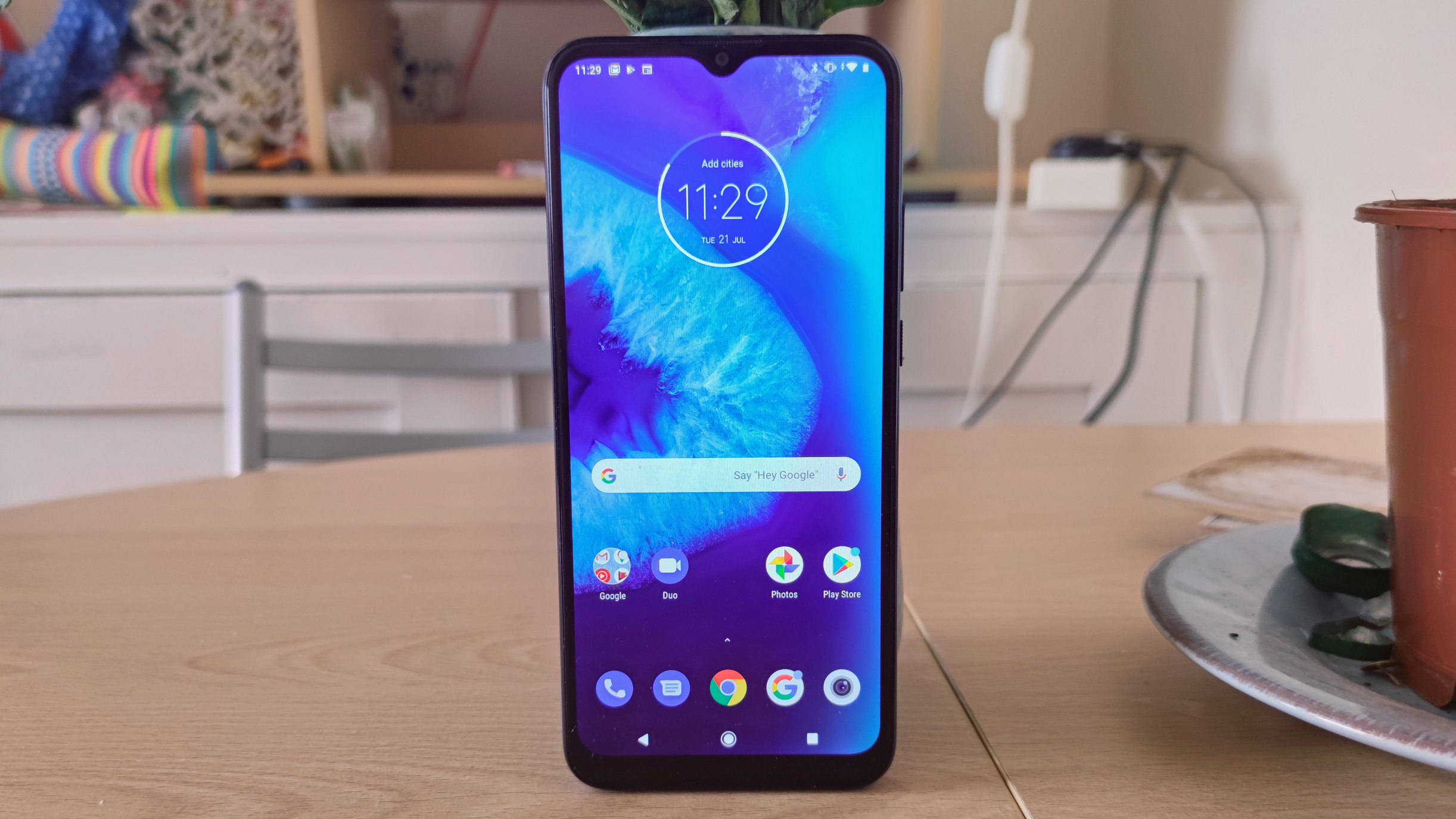
The Moto G8 Power Lite’s screen has a 20:9 aspect ratio, which means it’s relatively tall and thin compared to other devices. This contributes to the fact that, as mentioned it can be a little unwieldy in the hand, but it does mean you can see more content on-screen.
The display is broken up by a tear-drop notch, which doesn’t intrude on the screen space too much, at least no more so than the punch-hole cutouts on other Moto G8 phones. There’s a bezel around the screen, and it’s a little thick, but only noticeably so on the chin, which still isn’t as prominent as those on other handsets at this price point.
Cameras
The Moto G8 Power Lite isn’t a handset you should look at if you’re a budding smartphone photographer, as while its camera array isn’t terrible, it’s no better than passable, and we’d recommend splashing out on a slightly pricier phone (perhaps one of the other Moto G8 devices) if you want to take good-looking snaps.
The phone has a 16MP f/2.0 main camera, which is joined by two 2MP f/2.4 snappers, one macro and one depth-sensing. We’d actually recommend avoiding using these latter cameras, as we’ll explain in a second, so for all intents and purposes there’s only one rear camera here you’ll be using frequently, the main one.
In good light the Moto G8 Power Lite’s main camera takes okay-looking pictures, but if shooting conditions are anything short of that – for example an overcast day, or even in the shade on a sunny day – snaps look a bit too dark and grainy for our liking.
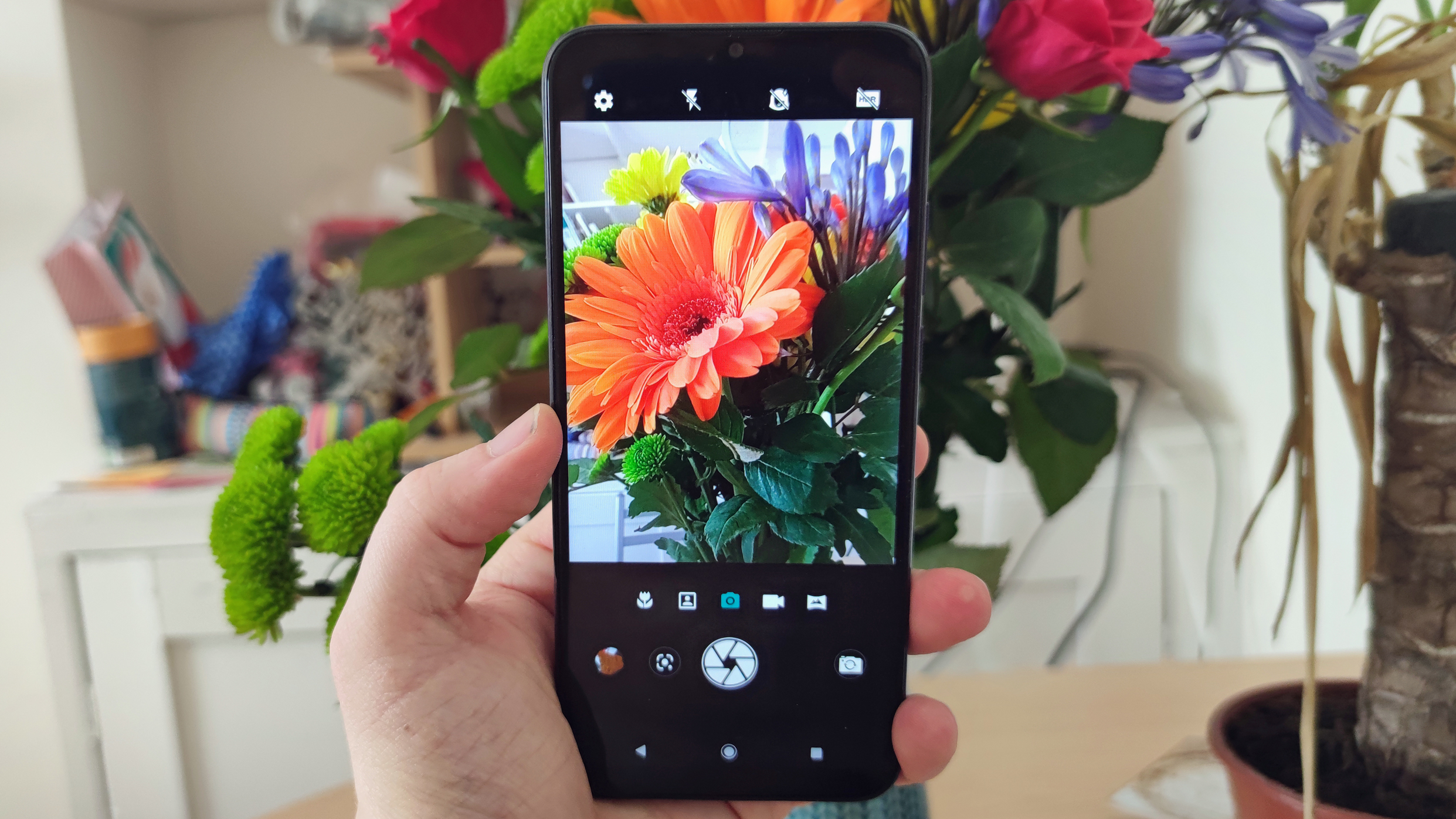
Picture detail wasn’t the best, most noticeably in objects in the background, and colors were rather dim. The digital zoom, which goes up to 4x, made these issues worse, as you’d expect. Some of the issues may be down to hardware, others software, as it doesn’t seem that there’s much if any image optimization being applied.
The macro camera, as is the case with most macro snappers you find on smartphones, took pictures that weren’t as good as those taken with the main camera.
The depth sensor is used for Portrait mode shots, but we’re not sure it had much of an effect. Pictures taken in this mode had inconsistent background blur, though in terms of color and detail they looked on par with non-portrait snaps.
In terms of video recording, you can shoot in 1080p despite not being able to view it on the phone. There’s no option to change the frame rate, so we’d imagine it sits at a baseline 30fps, and you don’t get any of the various modes available on some other handsets, such as ‘short video’ or slow motion.
The front-facing camera is 8MP f/2.0, and while, like the main camera, it doesn’t take incredible pictures, it was fine for the occasional selfie. Portrait mode produced pictures with fairly accurate-looking background blur, and applied some subtle beauty tweaks that you’d only notice if you were looking for them.
Camera samples

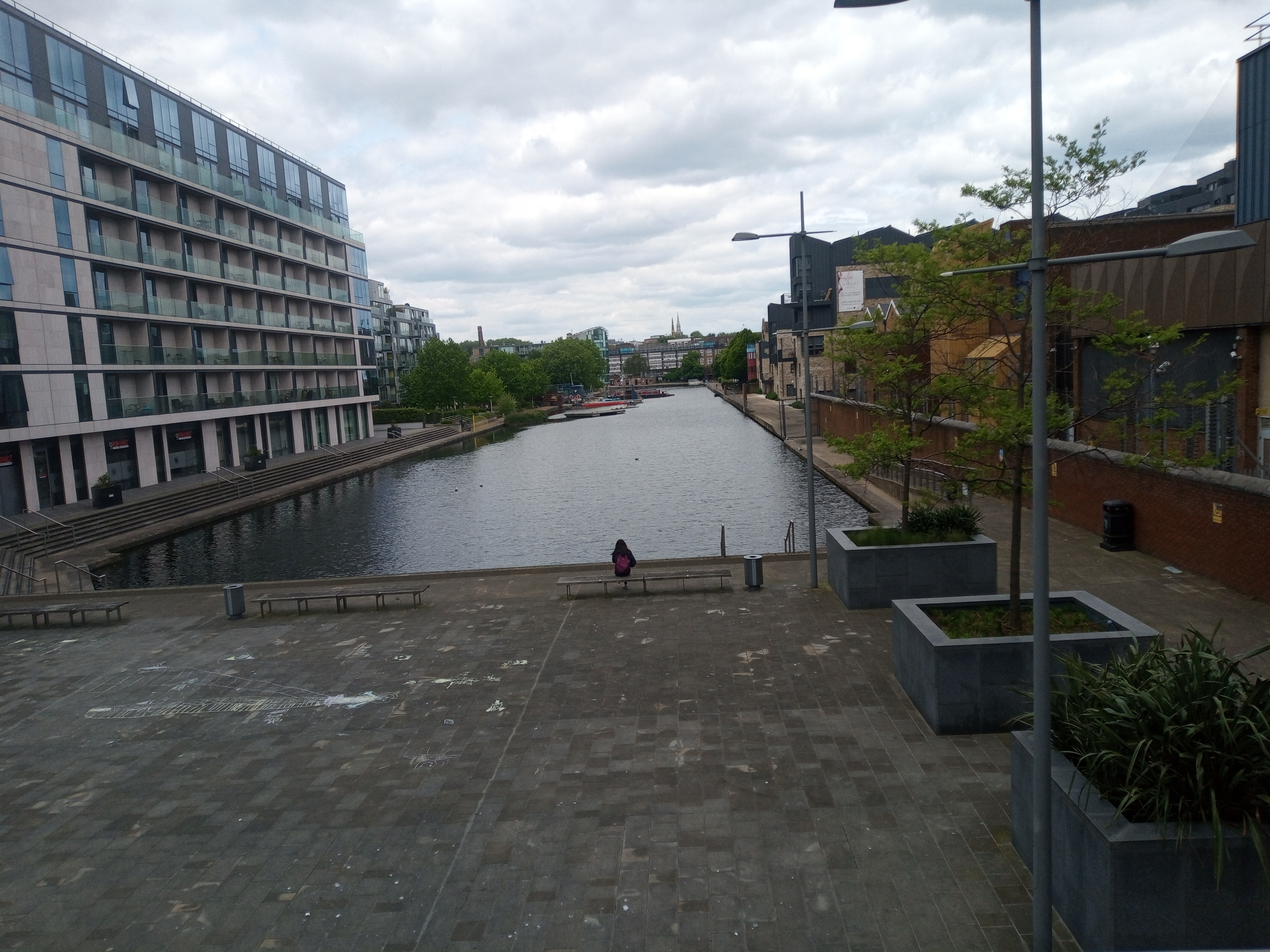
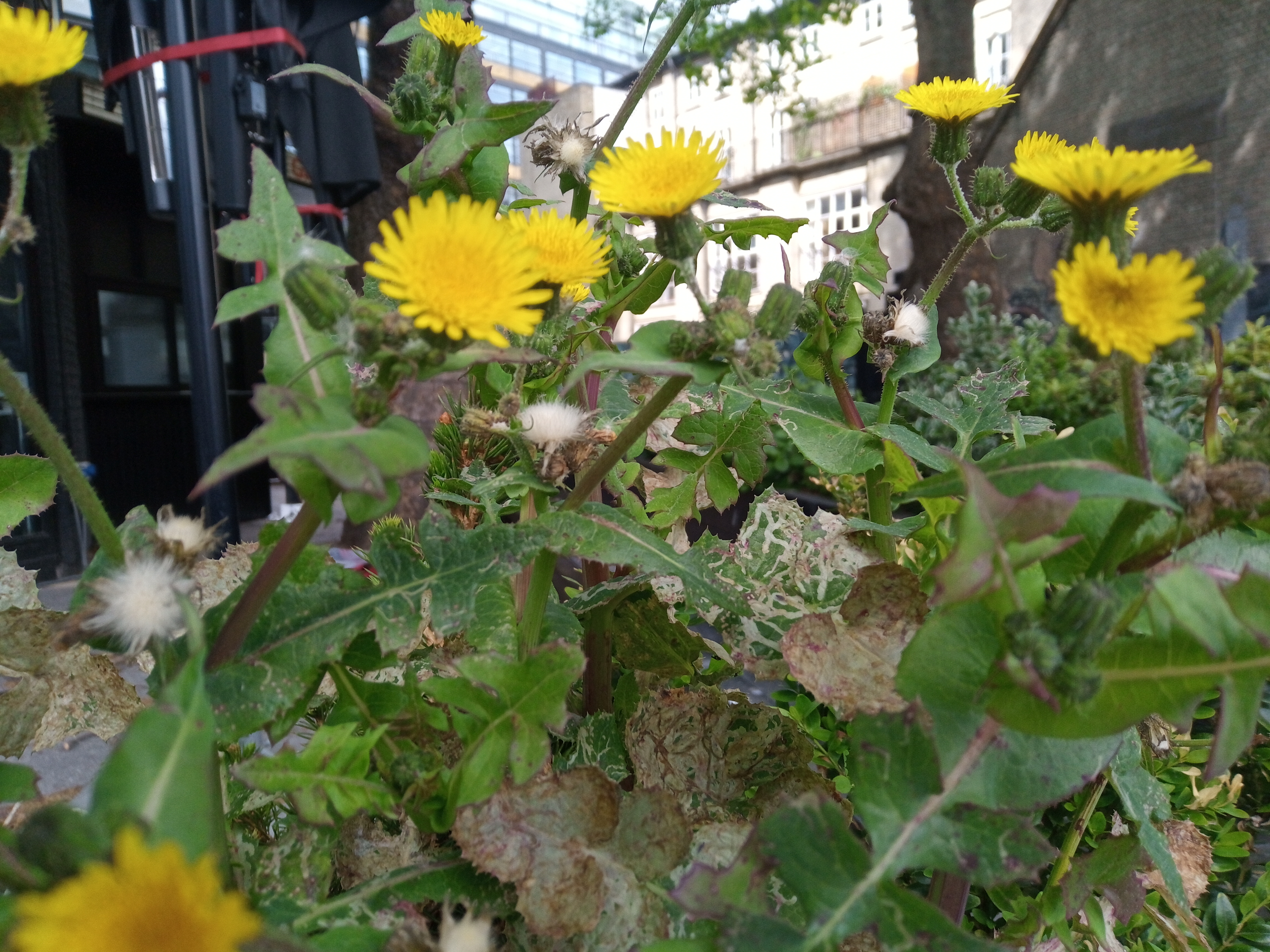




Specs and performance
The Moto G8 Power Lite has a MediaTek Helio P35 processor, which is a weak (and rather old) chipset we’ve seen in budget phones for the last few years. Despite being paired with 4GB RAM, which is respectable for a cheap phone, it results in the phone being a little slow to use.
When we put the phone through the Geekbench 5 multi-core test it returned a score of 868, which is the lowest score we’ve seen since the test replaced Geekbench 4 in late 2019. For context, the Moto G8 Power scored 1,353 and the Moto G8 1,324, so the G8 Power Lite is way behind.
So the Moto G8 Power Lite isn’t exactly the sharpest tool in the shed, although unless you’re used to top-end phones you might not mind too much. Flicking between menus and opening apps doesn’t exactly feel snappy, but it’s not prohibitively slow either, and you won’t find yourself pulling out your hair waiting for Instagram to open.

Gaming might not be a great idea on the Moto G8 Power Lite, though, at least if you like your top-end games. We found that standard puzzle games, like Nonogram or Candy Crush-style apps worked fine, but PUBG Mobile would just crash when we tried to open it.
The phone has 64GB storage, which is fairly good for this price point, where you’ll often find just 32GB, which we’d suggest isn’t enough for anyone, and this can be expanded via a microSD card.
Software
In terms of software, the Moto G8 Power Lite runs the slightly outdated Android 9, which means you’re missing out on the benefits Android 10 (which the G8 Power has) brings, like Dark Mode, Digital Wellbeing tools and Smart Replies. It’s not clear why Motorola opted for the outdated version of Android when the newer version is available, but we’d wager it’s another side-effect of the low price point.
It is at least the stock version of Android, so as Google intended its software to look and behave, with no bloatware and the standard, clean layout.
Motorola does bring its own tweaks to the Android formula, mainly in the way of its gesture shortcuts – among other things you can make a double-karate chop motion to turn on the flashlight, rotate your wrist twice to open the camera app, and turn the phone up-side-down to activate do-not-disturb mode.
Some of these shortcuts are useful, while others aren’t – all in all we’d call them an acquired taste, but if you use a Motorola phone for any amount of time you quickly get used to the few key ones.
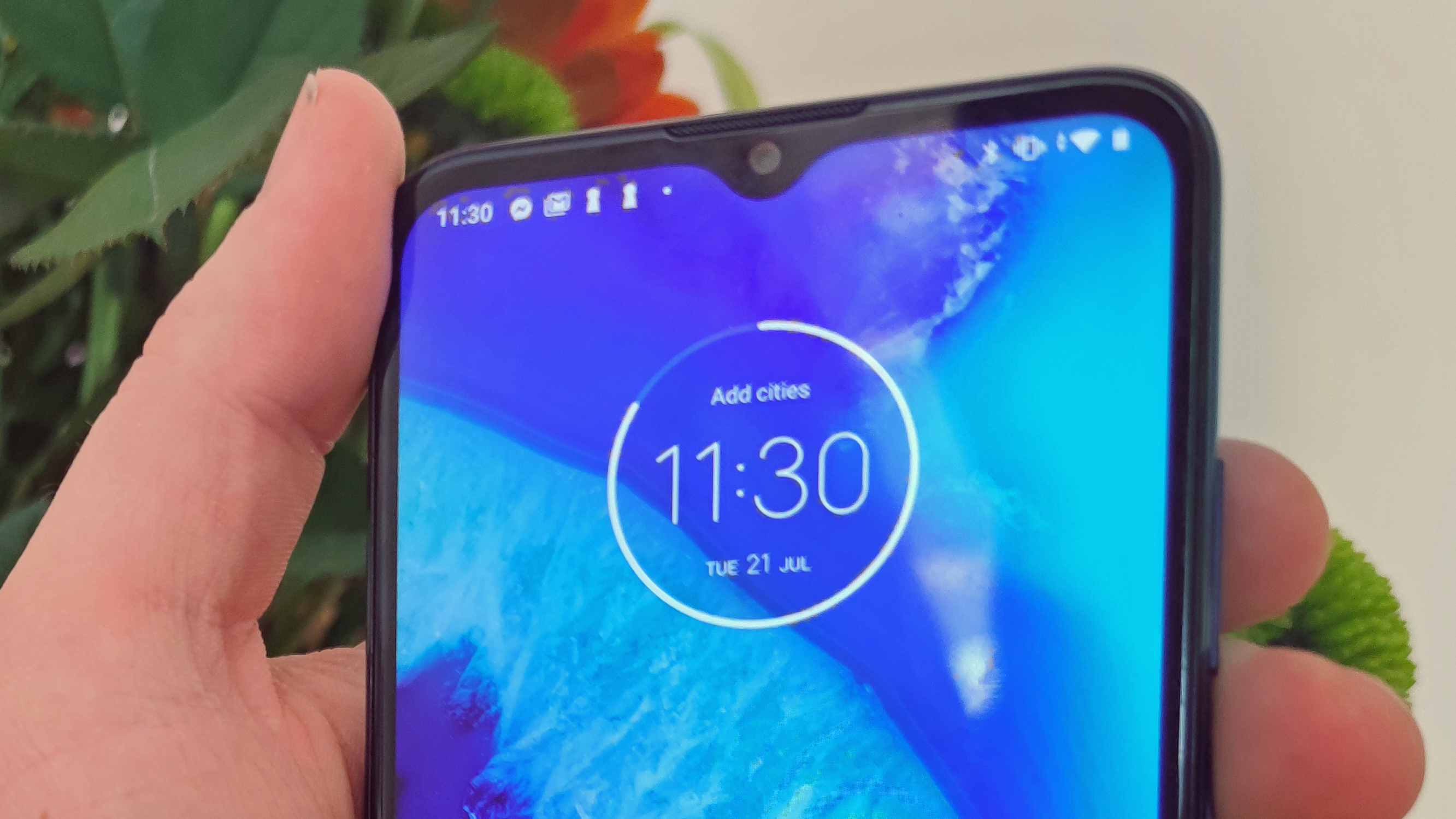
Battery life
The ‘Power’ in the Moto G8 ‘Power’ Lite’s name is a nod to its claimed battery performance, you’d expect the phone to last a fair amount of time between charges, and it’s safe to say that it delivers. Its 5,000mAh power pack matches the one in the Moto G8 Power, but thanks to the Lite’s weaker specs and lower-res screen it doesn’t drain that charge as quickly.
We found that with typical use – listening to music, scrolling through social media, and snapping the odd picture – the G8 Power Lite would last us two days. Intensive tasks will tax the phone of course, but the G8 Power Lite should last longer than the competition when performing comparable tasks.
It’s a good thing that you don’t have to charge your phone too often, as the actual charging process could be quite laborious. As mentioned, the G8 Power Lite has a rather old-school micro USB port, and one of the downsides of this is slower charging speeds. The G8 Power Lite powers up at a leisurely 10W, which is one of the slowest speeds we’ve seen, even at this price point.
Charging the phone from empty to 100% took an age – four hours and 17 minutes to be precise. That’s more than twice as slow as the iPhone 11, which is a bit of a charging slouch itself, and it’s so slow that if you plugged it in to power up while you watched the Lord of the Rings: Return of the King Extended Edition, that 251-minute movie would finish before your phone was powered up.
Should I buy the Moto G8 Power Lite?

Buy it if
You want a long-lasting phone
The Moto G8 Power Lite lives up to its name, and it’s one of the longest-lasting smartphones out there, so you won’t need to charge it up that frequently.
You don’t need top-end processing power
Many people don’t need smartphones that are as powerful as your average laptop, and while the Moto G8 Power Lite is pretty underpowered, you don’t need top-end performance if you’re only going to send texts and make calls, and check social media from time to time.
You don’t use all the newest tech
The Moto G8 Power Lite sports older tech, from its micro USB port and 3.5mm headphone jack to the Android 9 software on board, but some of this helps to keep the price down, and if you’re upgrading from an older phone you may be perfectly happy with what’s on offer here.
Don't buy it if
You have smaller hands
The Moto G8 Power Lite is a big handset, in terms of both screen size, and weight and dimensions, and if you’re looking for a compact phone, or one that you can easily use one-handed, this phone probably isn’t right for you.
You need a great camera
You’re getting what you paid for with the Moto G8 Power Lite’s camera setup – that is, you’re not getting much. If you’re not a frequent phone-camera user, either because you’ve got a dedicated camera or you just don’t take many pictures, it’ll be fine for you, but if you want to be able to take good-looking photos with your phone you’ll need to look elsewhere.
You like playing mobile games
Because of its weak processor the Moto G8 Power Lite isn’t exactly a gaming powerhouse, unless you consider Sudoku the only game worth playing; you’ll need something with a more advanced chipset if you’re looking to play the likes of PUBG: Mobile or Fortnite.
- First reviewed May 2020

Tom Bedford joined TechRadar in early 2019 as a staff writer, and left the team as deputy phones editor in late 2022 to work for entertainment site (and TR sister-site) What To Watch. He continues to contribute on a freelance basis for several sections including phones, audio and fitness.
